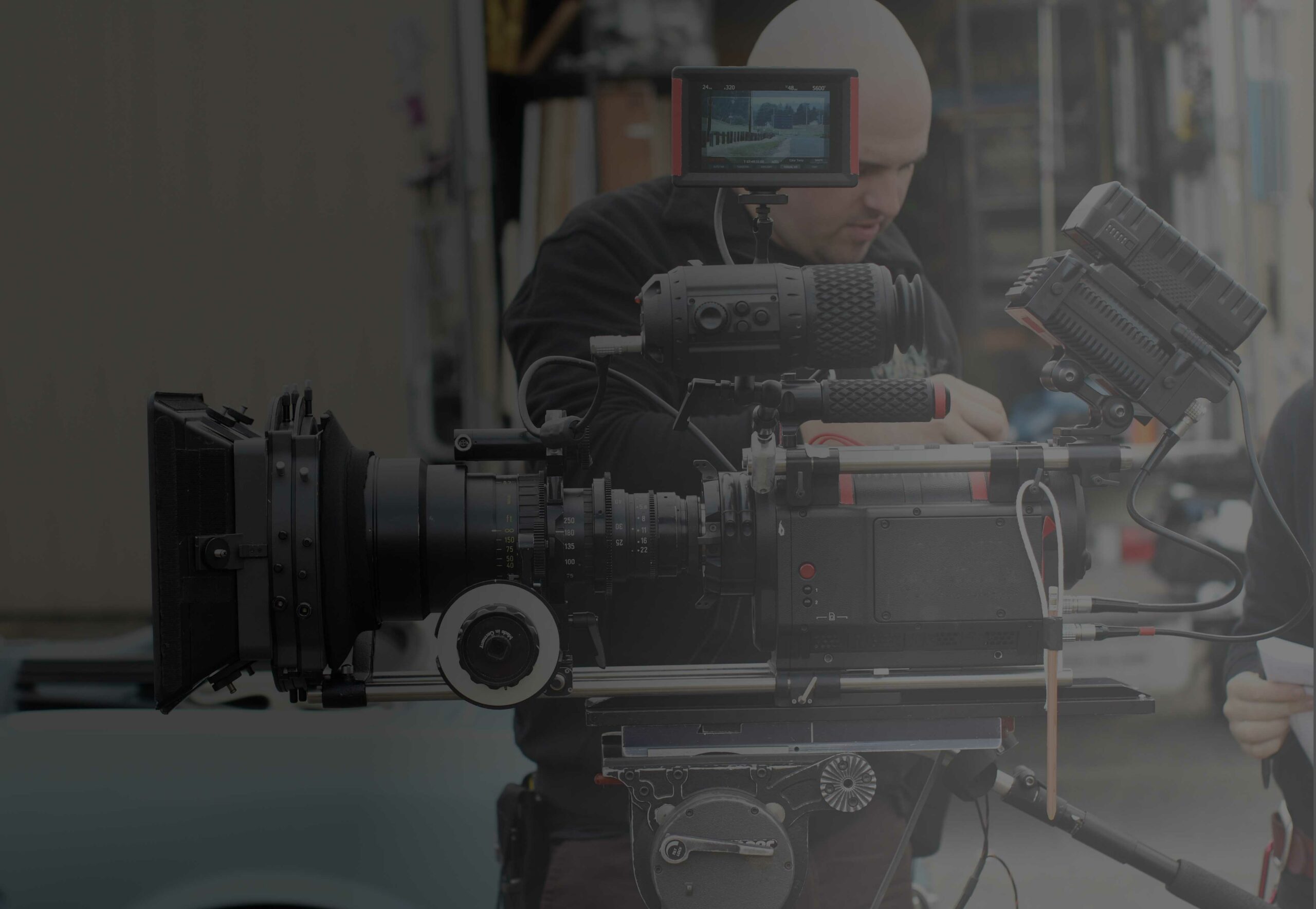WHAT IS A KEY GRIP?
The key grip is in charge of all the other grips in his department on a shoot. There are two types of key grips: one works with the camera department on all the equipment that supports or moves the camera. The other type of key grip works with the electrical department to help setup lighting equipment. During union productions, grips do not touch the lights themselves, but rather handle all the non-electrical equipment that modifies lighting (see our article on What Does a Gaffer Do? for further explanation on the responsibilities and tasks of this kind of key grip.) For the purposes of this article, we will concentrate of what the key grip for the camera department does.
The key grip reports to the director of photography (DP). Grips must be familiar with all aspects of camera support and movement from tripod, to dolly, to crane, to jibs, to Steadicam, to car and helicopter camera mounting. These tasks can vary from the simple to the complex. For instance, a dolly shot may require setting up a “dance floor” to create a smooth and level surface for the dolly to roll on.
The key grip must ensure that all camera support equipment is maintained and in working order. At times, he must use ingenuity to “invent” a camera support device where none of the commercially available camera mounts will work.
In addition to determining which camera support device to use, key grips are often the ones to accomplish the camera movement by raising, lowering or swinging the crane arm or pushing or pulling the dolly. In all cases, the object is for the camera movement to be seamless and natural. (OK, The Blair Witch Project is an exception to this rule.)
Often, necessity becomes the mother of invention, especially when budgets are tight. Mounting the camera on a wood plank and then having two people (one on each end of the plank) can substitute for a dolly or a Steadicam. Sam Rami used this method in Evil Dead. The Coen Brothers used it in Raising Arizona. Here’s a link to how to make your own wood plan dolly/Steadicam.
You could also use a two-wheeler cart to achieve a similar traveling shot by having the camera operator stand on the base plate as you push (or pull) them. This has one advantage over the wood plank method in that it is narrow and with a little choreography can wind its way through a crowd. The wood plank method works better for shots that require up and down motion.
You also will need to bring your own tools. These include a crescent wrench, a level, flathead and Phillips head screwdrivers, a measuring tape, a multitool, a flashlight, a stopwatch, an Allen wrench set, gaffers tape, spike tape, clamps, bungee cords, gloves, wooden wedges, markers or pens and a grease pencil.
One of the major benefits of working as a key grip is that you will be working closely with the director of photography. You will see how shots are blocked and scenes are set and lit. You will gain an understanding of which lenses are used and why. You will come to realize that camera motion is a cornerstone of today’s filmmaking and can bask in the knowledge that your efforts were a major part of how the finished scene looked on the screen.
Related: Learn about being a Lighting Director.



